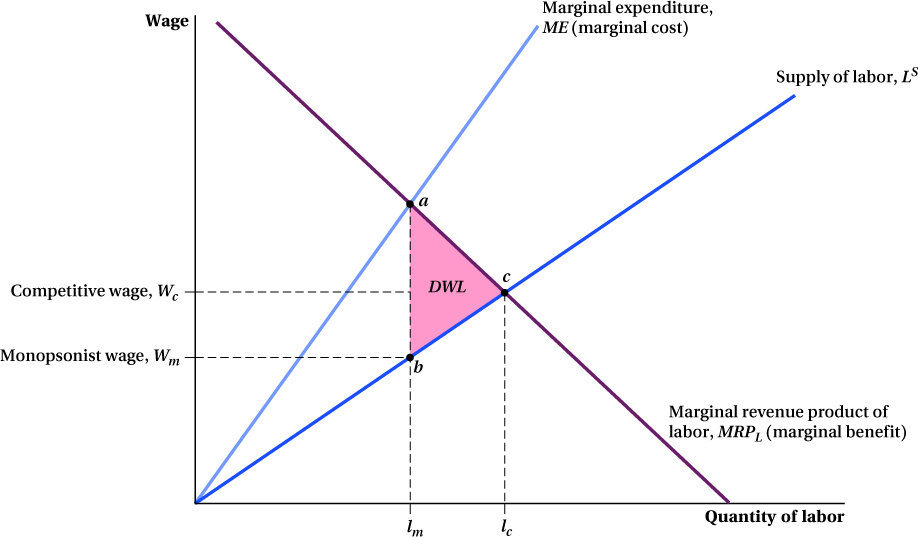
FIGURE 13.11 A Monopsonist’s Hiring Decision
A monopsonist faces an upwar
d-sloping supply curve LS, implying that its marginal expenditure curve, ME, is above the supply curve. It hires labor quantity lm at point a, where its marginal expenditure (its marginal cost of labor) equals its MRPL (its marginal benefit of labor). It pays a wage Wm at point b, the height of the supply curve at that quantity of labor lm. A set of perfectly competitive firms facing the same supply curve would hire the labor quantity lc and pay a wage Wc. The deadweight loss of monopsony, area DWL, arises because there will be some workers who would work for wages that are lower than the marginal revenue product they create for the firm, but are not hired because doing so would raise overall wages too much. The deadweight loss represents the labor that is not sold in the monopsonist market, which would be sold in the competitive market. This lost social surplus equals DWL, the area between the MRPL and labor supply curves for labor units between lm and lc.
